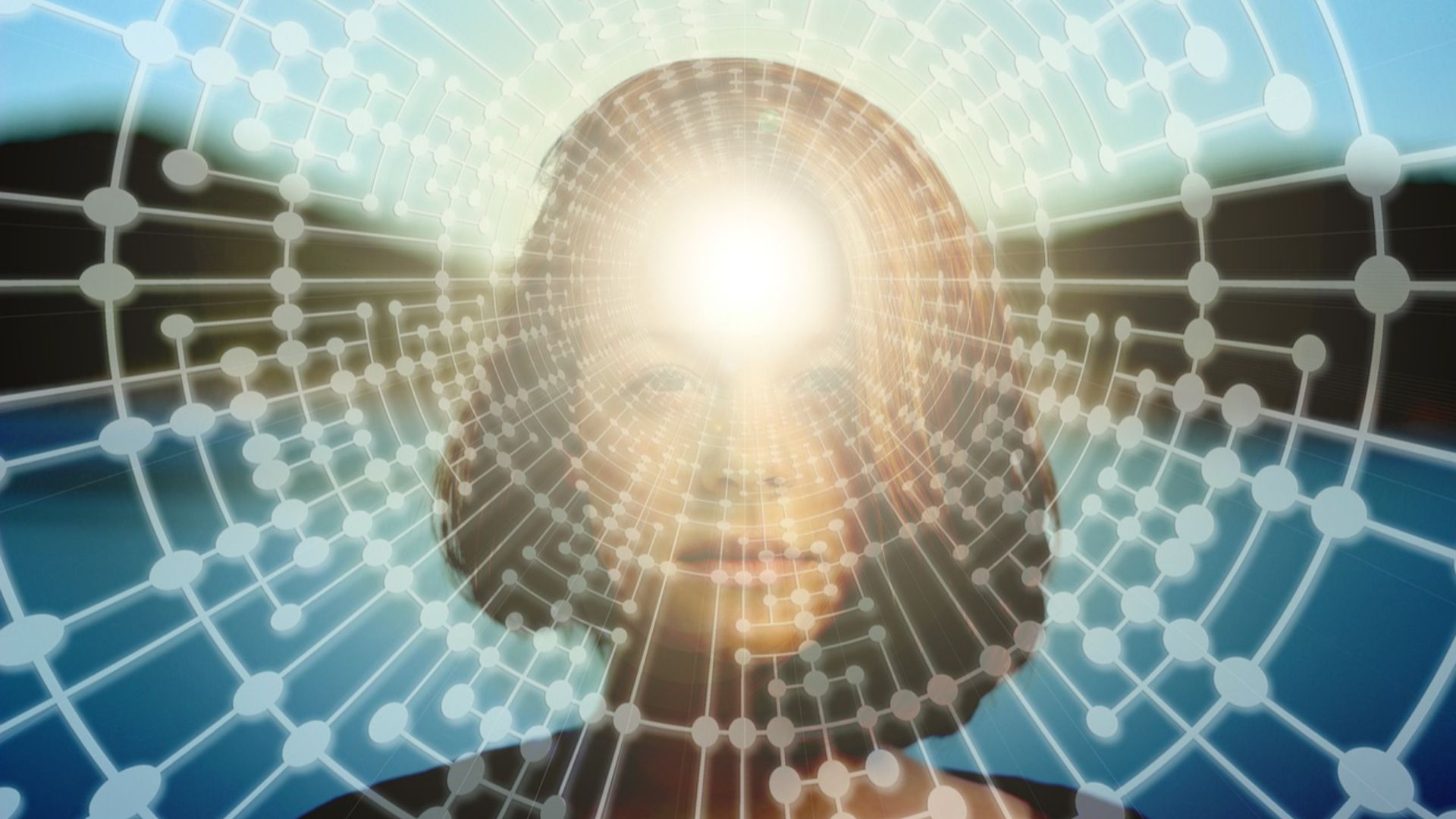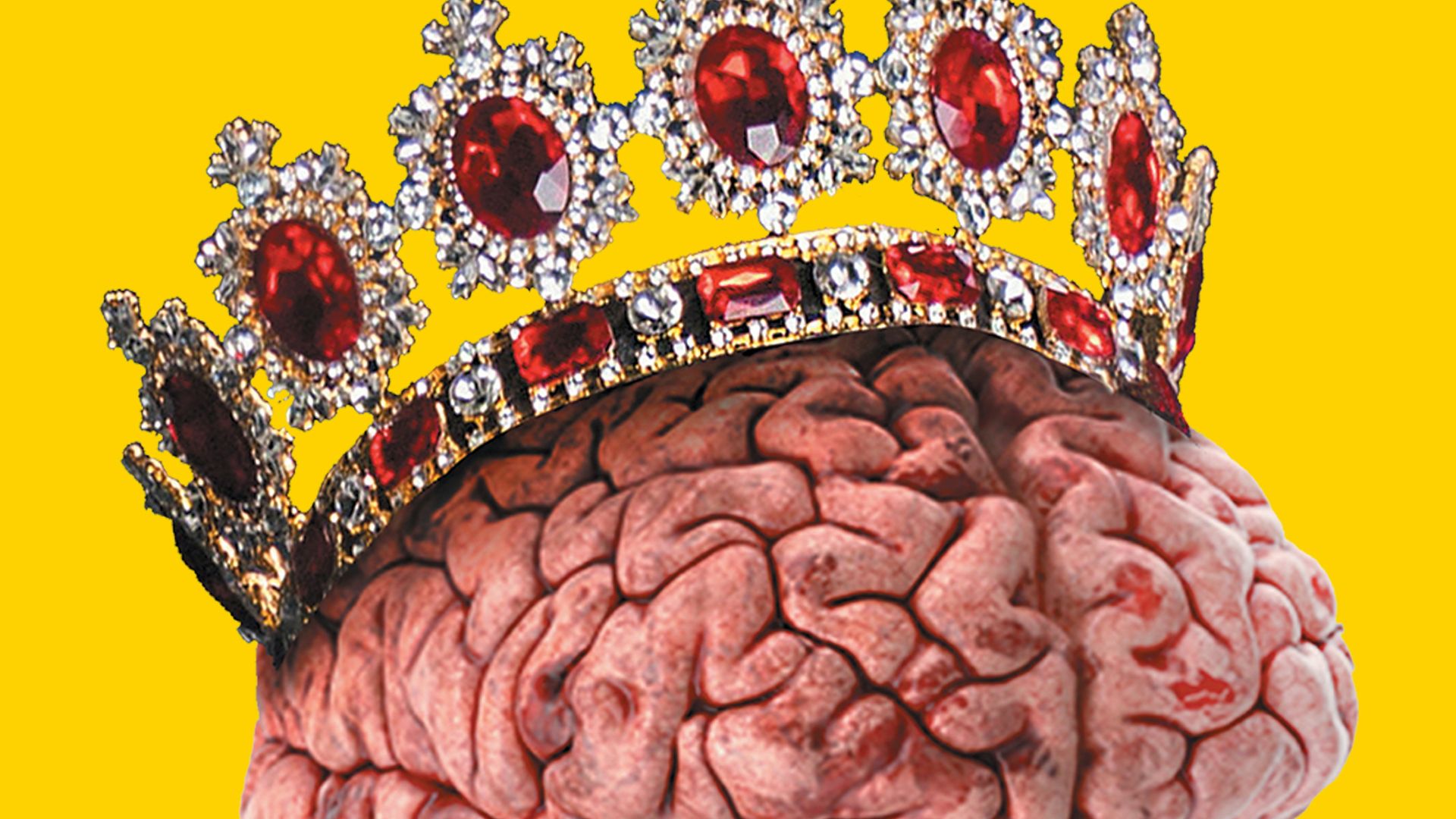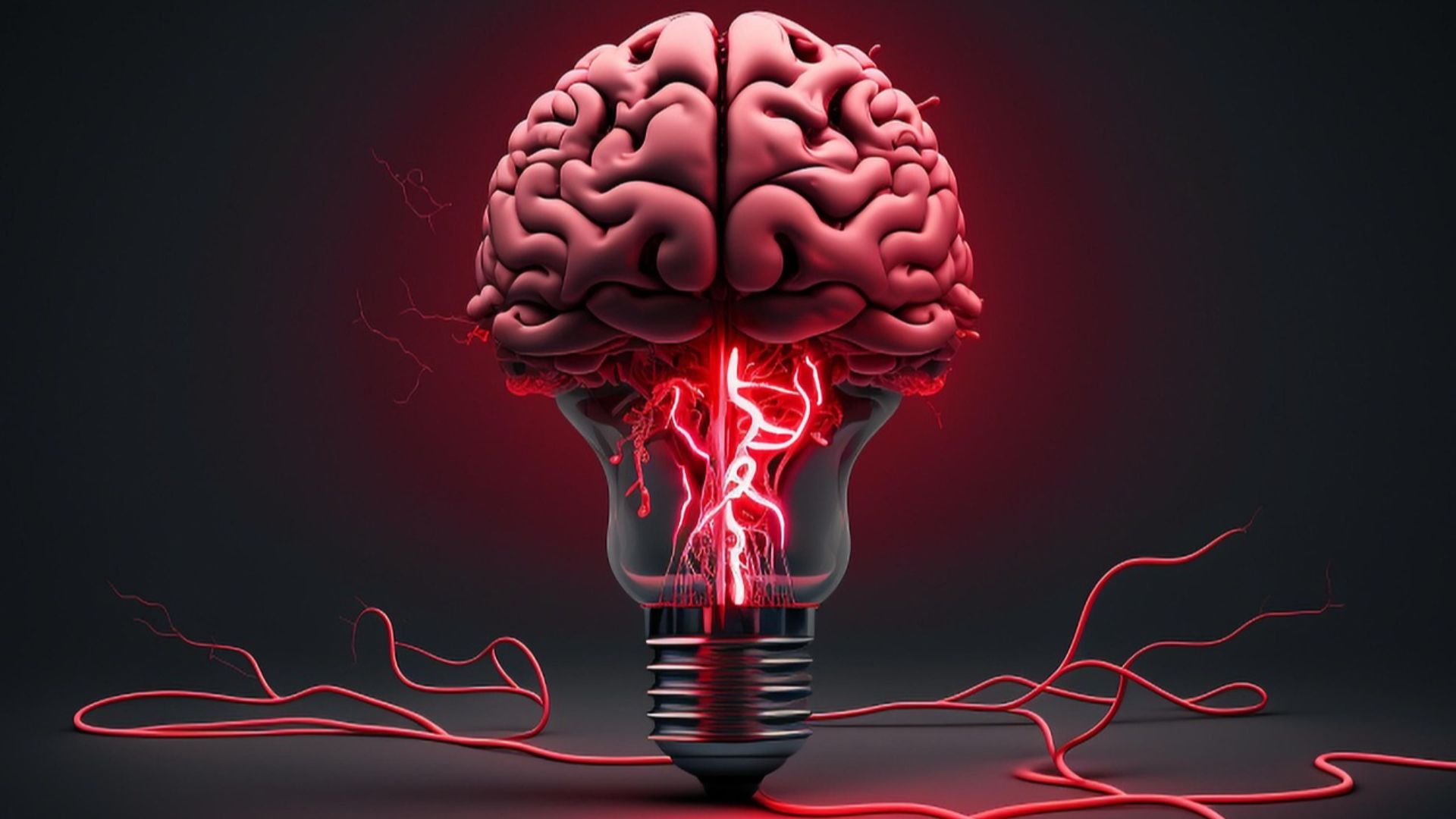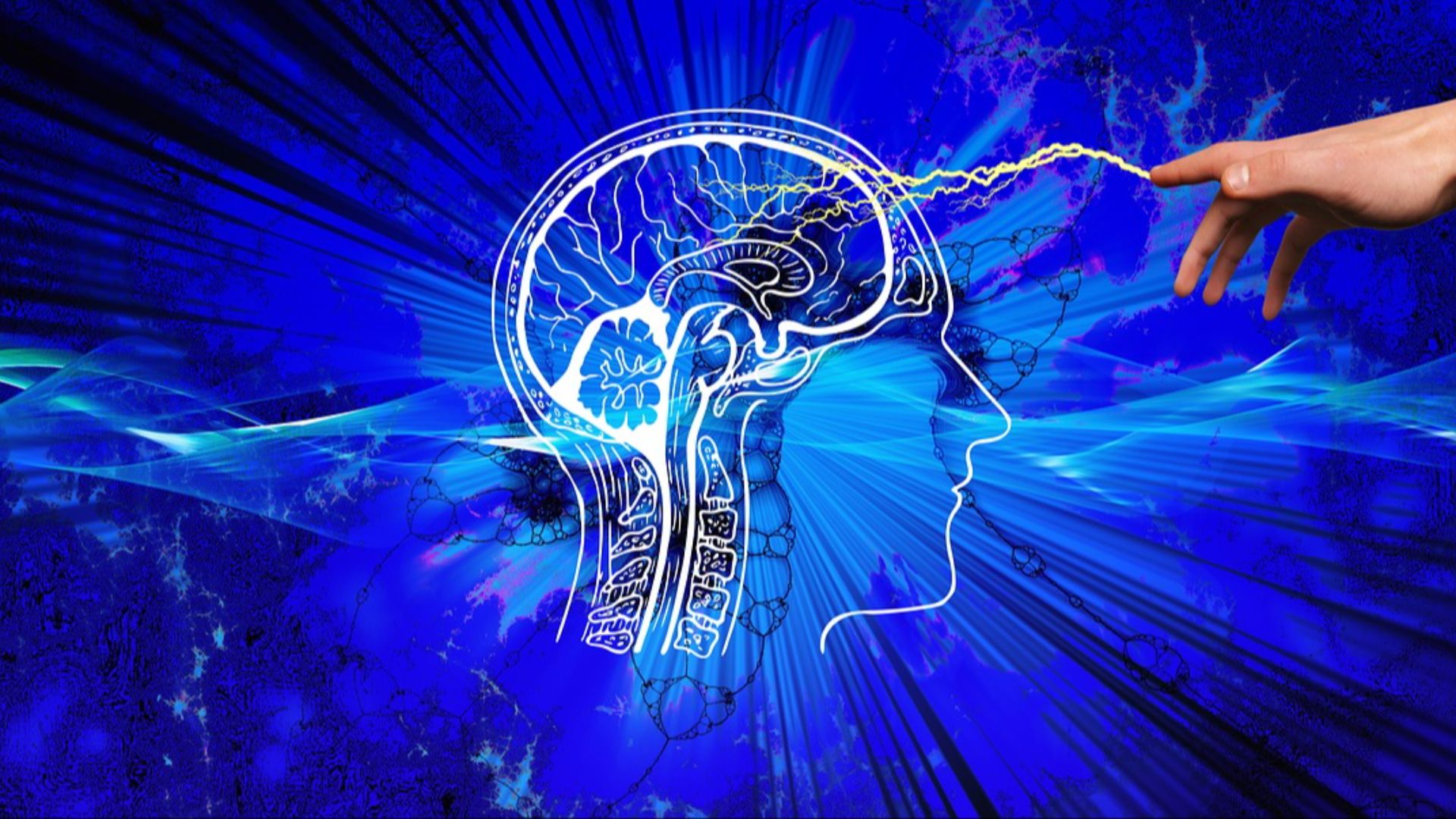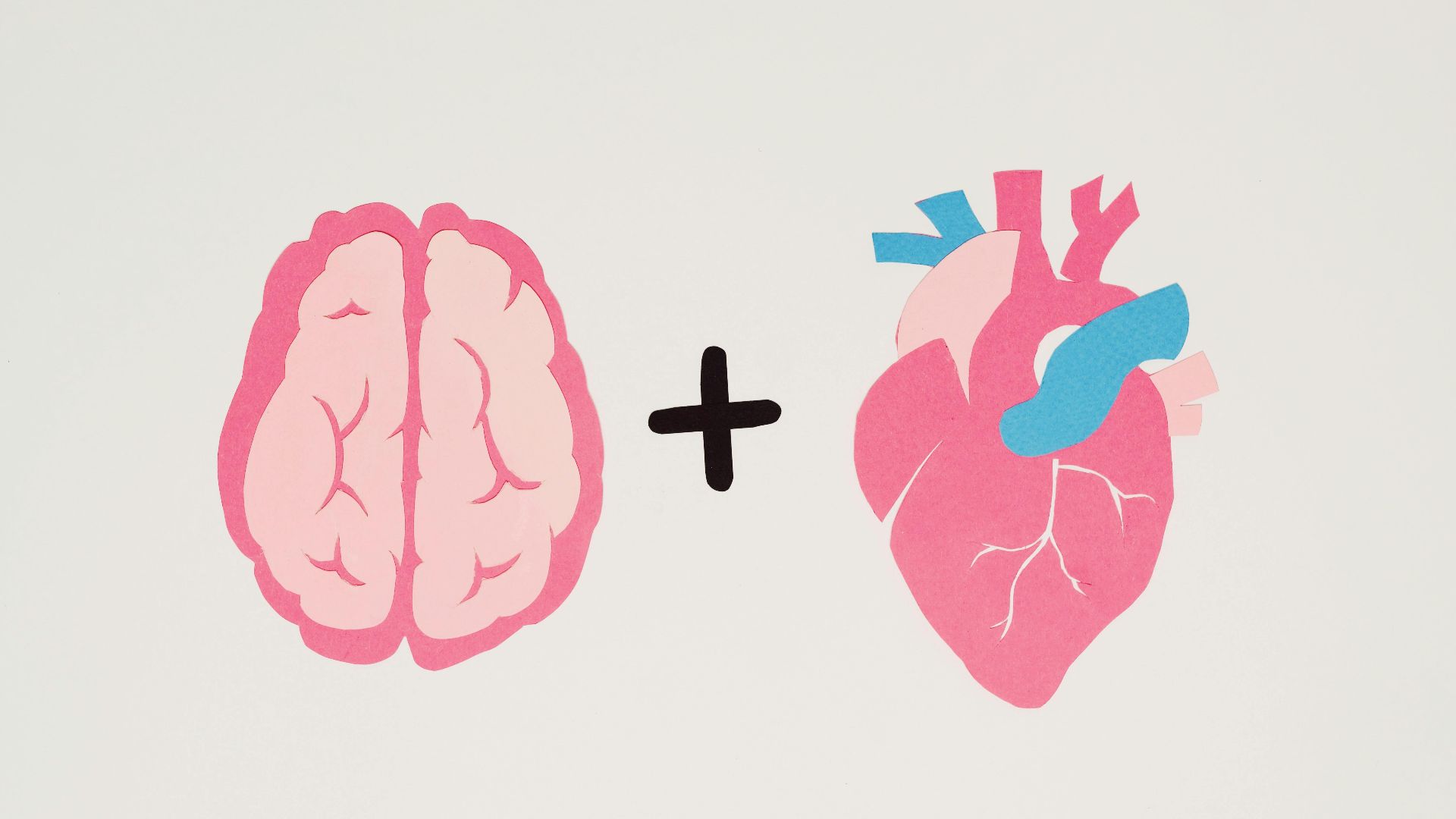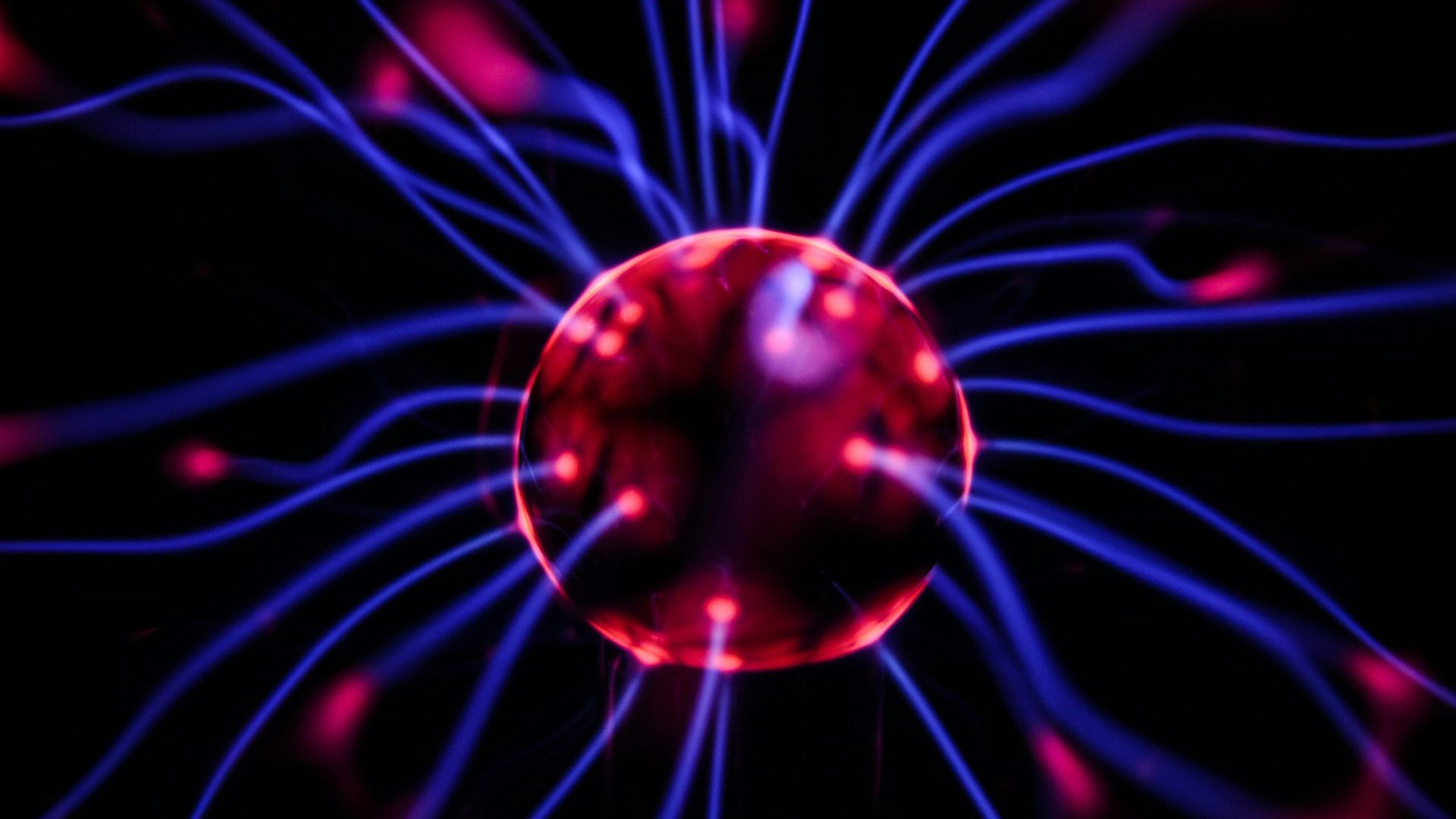Our Brain Boggles Our Brain
There are facts about the human brain that go beyond our comprehension. From how it dreams to how it can't multitask, it's hard to understand what's going on up there. Here are 20 mysterious facts about the brain that even neuroscientists can't crack:
1. Neurons Relate To Stars In The Milky Way
Here are the stats: our brains have over 85 billion neurons, similar to the amount of stars lighting up the Milky Way. Coincidence or not, that's a mind-boggling number of synapses in action, the neurons making trillions of connections inside our heads. Counting our brain's synapses goes beyond a number we can comprehend.
2. Nobody Can Multitask
You might consider taking "good at multitasking" off your resume–– according to science, it's impossible. Our brains are so complex yet, not even the brainiacs can multitask. Studies have shown that attempting to multitask decreases your productivity. If you think you're multitasking, you're actually switching back and forth between tasks rather than doing them at once.
3. Your Brain Is Full Of Water
It's true; water is life, and hydration is key. Dehydration can cause loss to electrolytes and sodium which leads to a decline in brain function. We might think there's so much going on in our heads, but it's almost 3/4 full of H2O.
4. Your Brain Is Fat!
Not trying to be rude, but you have a fat brain. The human brain is made of a lot of fat and it's the fattiest organ in our body. Healthy fats like omega-3s aren't just to maintain a fit physique, it's also strengthening our brains.
5. We Still Don't Understand Dreams
Whether you dreamt about flying with unicorns or a nightmare chased by clowns, scientists still can't explain why. There are many theories to suggest reasons why we dream certain scenarios but there's no hard evidence. Some believe dreams connect us with another dimension, and others swear they have lucid dreams, but who really knows?
6. Short Term Memory Is Very, Very Short
Short term memory supposedly lasts about 20-30 seconds. Our brains store information for easy access but only for a stint. For numbers, most of us remember them for 7 seconds, and words for 9 seconds. American telephone numbers are 7 digits to give our noggins a chance!
7. The Brain Feels No Pain
Technically speaking, if you have brain surgery, your brain won't feel it because there are no pain receptors in the brain itself. However, our scalps and the covering around the brain do have pain receptors which is why your surgeon will highly recommend anesthesia.
 National Cancer Institute on Unsplash
National Cancer Institute on Unsplash
8. 80 % Of Our Thoughts Are Negative
Unless you've reached total enlightenment, it's hard to control your thoughts. We have about 15,000-60,000 thoughts a day and about 80% are negative and 95% are repetitive on average. Whether you're having a good or a bad day, that fact is hard to comprehend.
9. You Have Eyes At The Back Of Your Head
The occipital lobe, the part responsible for vision, is located at the back of your melon. This is why you might see stars if you bang the back of your head. The sounds we hear are also processed on opposite sides of the brain. Are you confused yet?
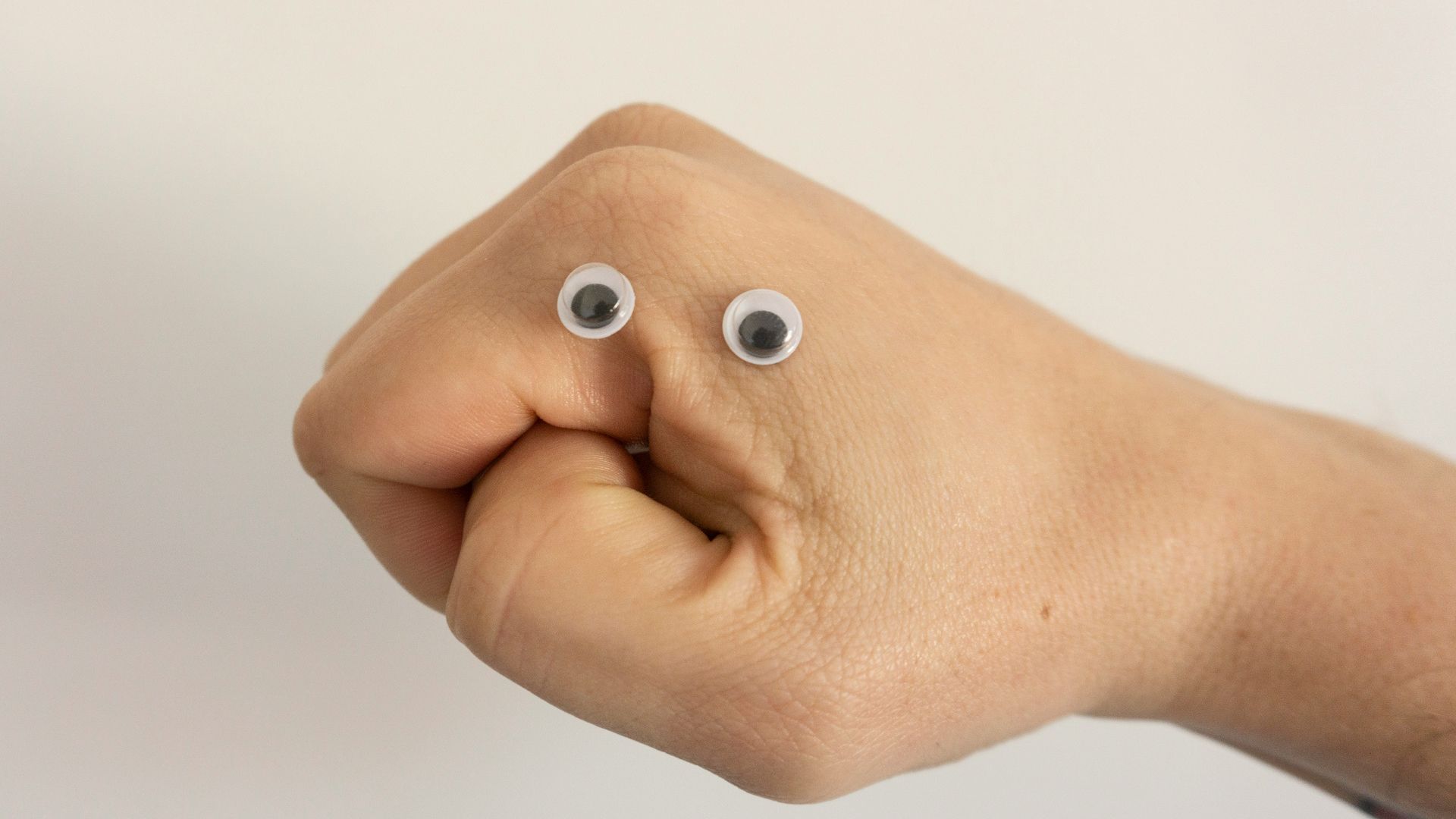 Franco Antonio Giovanella on Unsplash
Franco Antonio Giovanella on Unsplash
10. Brain Electricity Can Charge A Lightbulb
If only we could plug our brains with an electrical chord. Our waking brain generates around 25 watts of electricity, enough energy to power a desk lamp. Glucose is the food our brains consume to produce this energy. The information from our toes to our brain moves at a rate of 150-260 miles per hour.
11. Cholesterol Is Memory Food
Our doctors stress about our cholesterol levels and it's all for good reason. Brains contain more cholesterol content than other organs, and it's the key ingredient for memory and learning. The brain's metabolism for cholesterol is unique and more stable than our other organs.
12. Learning Changes Brain Structure
Like riding a bike, once we learn how to do something, our brain structure changes. Practice makes perfect and as you learn, your brain alters and neurons make new connections. Whenever you have a new thought or memory, your brain restructures too.
13. Blood Vessels Circle The Earth Four Times
If you could unravel the blood vessels in your brain, they could wrap around the Earth four times. The brain's blood vessels are approximately 100,000 miles long. It's hard to imagine something so small inside your head can travel that distance.
14. The Brain Can Rewire Itself
It's incredible how our brains can reconfigure throughout our lifetime. Studies have shown that if you go blind, the part of your brain responsible for eyesight will rewire to process sound instead. Brain function will alter and adapt with changes in our abilities and practices.
15. Brain Scans Can Prove True Love
If you thought being in love came from the heart, a brain scan might change your mind. MRI brain scans can show its dopamine activity, the "happy" neurotransmitter, as well as areas of the brain that are associated with pleasure. If you think you've found true love, a scan might be able prove it.
16. Everyone Thinks Differently
There are over 8 billion people in the world which means there are over 8 billion ways of thinking and perceiving. Research has shown that your brain activity and functionality might be as unique as your fingerprints. Learning about individual brain connections may help advance personalized brain care.
17. Brain Waves Can Sync With Others
When two minds become one. A scientific study on guitarists proved that brain waves can be synchronized and our actions can be coordinated with others. Despite the pairs of musicians playing different parts at the same time, their brain waves were doing the same pattern.
18. A "Brain Freeze" Is Actually Freezing Your Brain
Has the inside of your head ever felt a sudden intense cold feeling after slurping a slushy too fast? You had a brain freeze. A brain freeze is your brain telling you it has recognized a drop in temperature and it doesn't like it. Slow down and sip your 7-Eleven Big Gulp.
19. Use It Or Lose It!
Just like lifting weights to bulk up our muscles, the brain needs a workout to stay strong. Consistent learning has proven to keep our minds sharper as we age and it's also shown to help us cope with unexpected life events. enduring new experiences can also help with our ability to handle hardships and life's obstacles.
20. Reading Out Loud Uses Different Brain Cells
Reading out loud and silently are both very good for your head! Research proves that reading out loud uses different brain circuits than reading in silence. Sounds trigger other brain functions and uses different channels. We process various sounds differently as well like music and environmental noise.
KEEP ON READING



